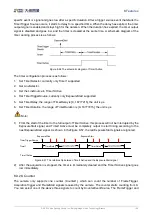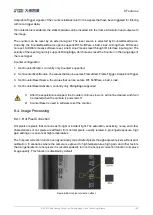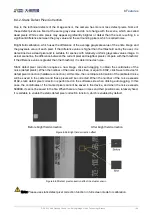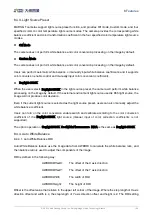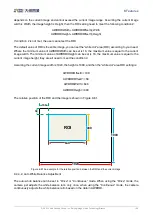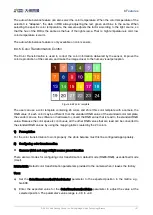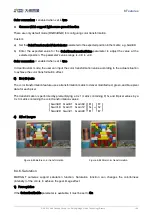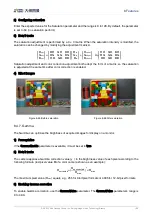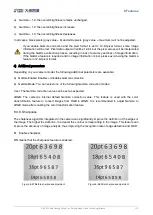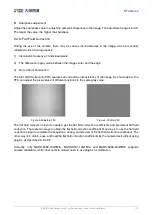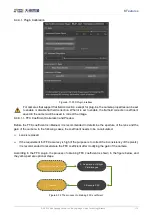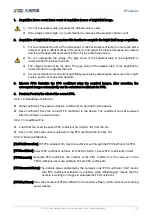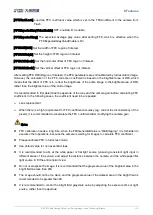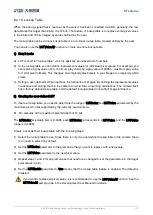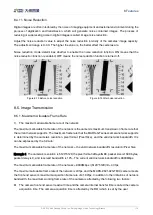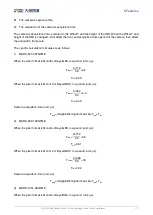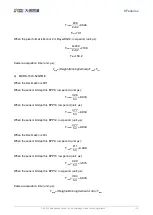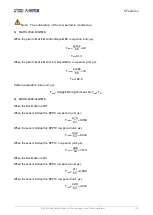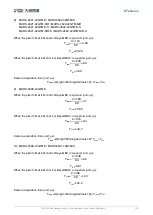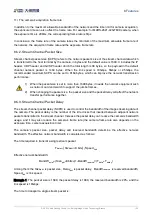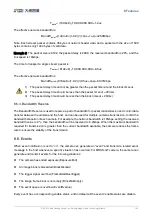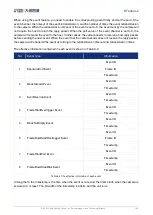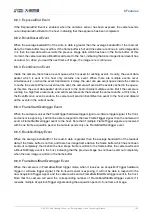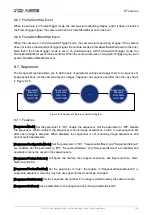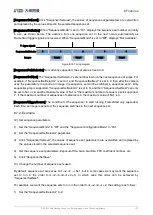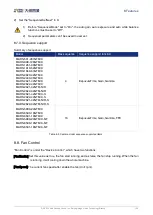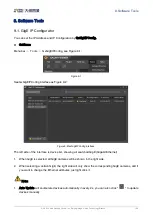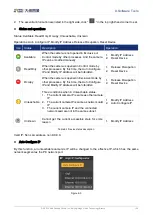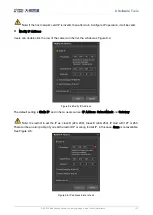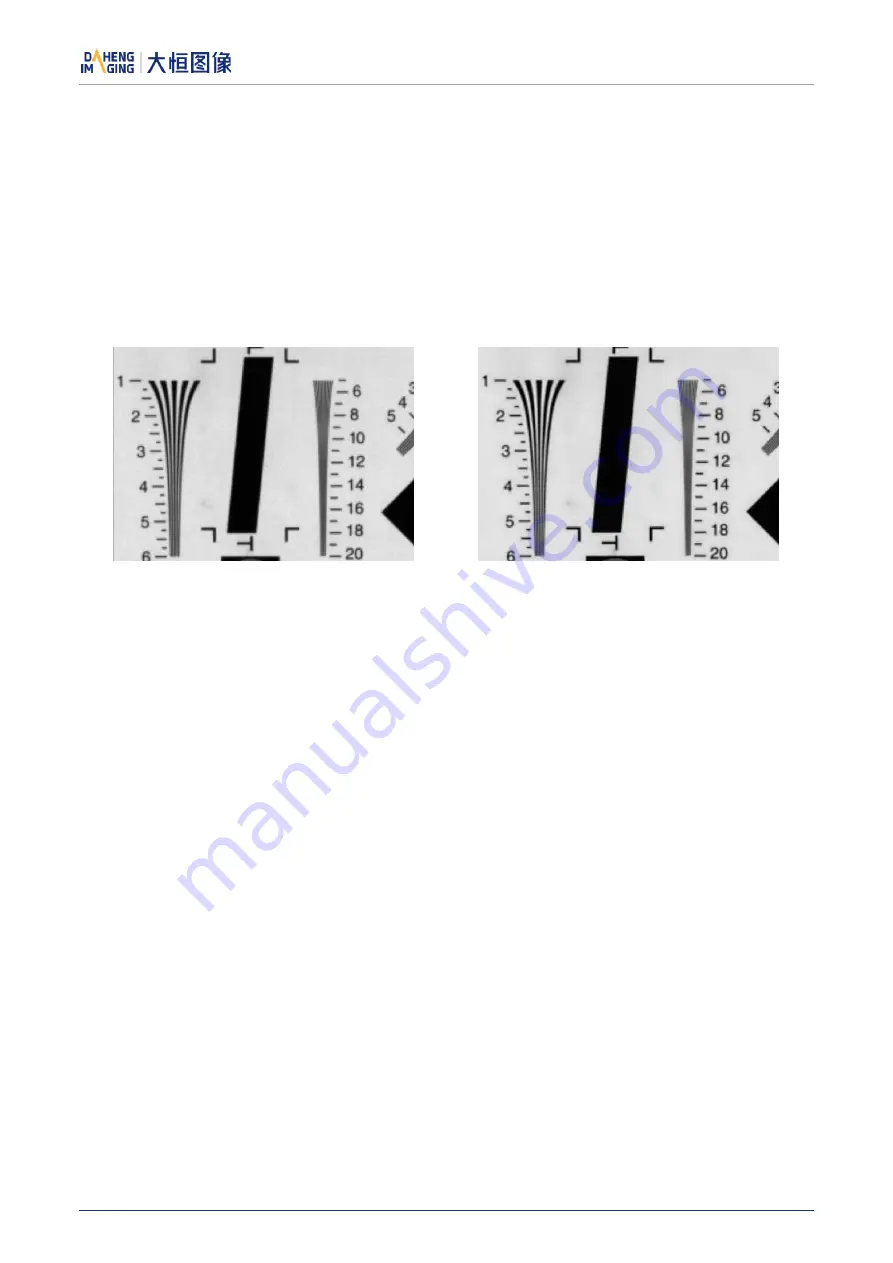
8.Features
© 2023 China Daheng Group, Inc. Beijing Image Vision Technology Branch 116
8.4.11.
Noise Reduction
Digital images are often interfered by the noise of imaging equipment and external environment during the
process of digitization and transmission, which will generate noise contained images. The process of
reducing or suppressing noise in digital images is called image noise reduction.
Adjust the noise reduction value to adjust the noise reduction intensity of the cameras’ image capacity.
The adjustment range is 0-4.0. The higher the value is, the better effect the cameras are.
Noise reduction mode: determines whether to enable the noise reduction function. ON means that the
noise reduction function is enabled; OFF means the noise reduction function is turned off.
Figure 8-73 Before noise reduction
Figure 8-74 After noise reduction
8.5.
Image Transmission
8.5.1.
Maximum Allowable Frame Rate
1)
The maximum allowable frame rate of the network
The maximum allowable frame rate of the network is the camera's maximum transmission frame rate that
the current network supports. The maximum frame rate that the MARS-GT series camera network supports
is determined by the camera's resolution, pixel format (Pixel Size), and the valid network bandwidth. It is
can be expressed by the formula:
The maximum allowable frame rate of the network = the valid network bandwidth/ resolution/ Pixel Size
Example 1: The camera’s resolution is 5120*5120, the pixel format is BayerGB8, packet size is 1500 bytes,
packet delay is 0, and reserved bandwidth is 10%. The current valid network bandwidth is 9000Mbps.
The maximum allowable frame rate of the network = 9000Mbps / (5120*5120)/8 = 43 fps
The maximum allowable frame rate of the network is 43fps, and the MARS-2621-42GTM/C camera meets
the front-end sensor's maximum acquisition frame rate of 41.84fps. In addition to the limitations of network
bandwidth, the maximum working frame rate of the camera is affected by the following two factors:
The camera front-end sensor readout time and the camera internal transfer time is called the camera
acquisition time. The camera acquisition time is affected by the ROI which is set by the user

